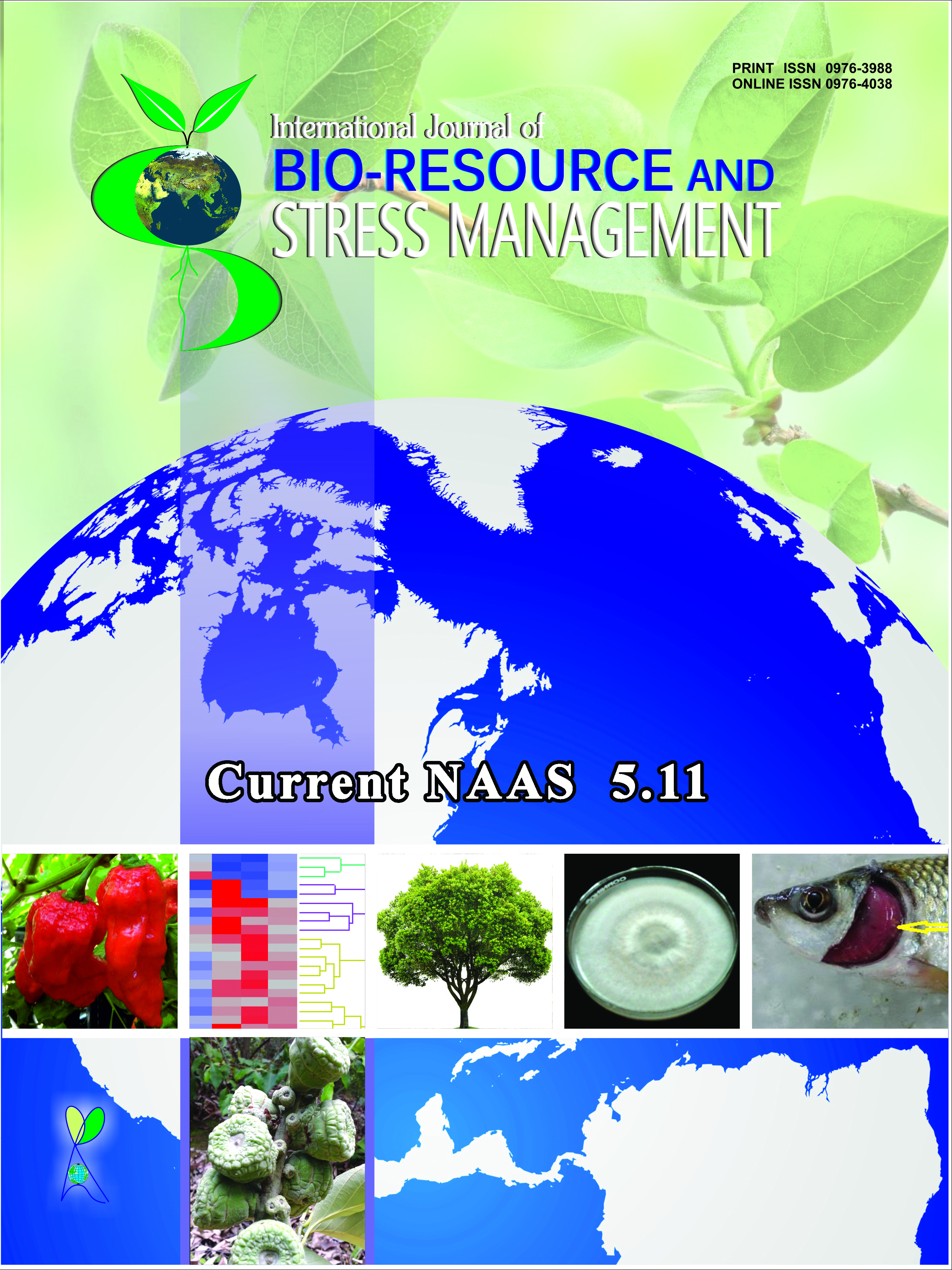Steering Agriculture through the Concept of Triple S: Seed, Soil and Sustainability
Keywords:
Sustainable agriculture, chemical agriculture, seed-soil-sustainabilityAbstract
Indiscriminate use of agrochemicals for higher agricultural production may lead to a number of problems. Chemical agriculture leads to degradation of soil physical characteristics, reduced soil fertility and such a system of agriculture, in a true sense, also intensifies the problem of crop insects, pests and diseases. Thus it may be safely stated that a pure chemical agriculture can not help in realizing the dream of sustainable agriculture. On the other hand, going for sole organic agriculture is not a solution for the reason that such a system has comparatively low production potentials. Therefore an integrated system of agriculture is the need of the hour. Organic agriculture and chemical agriculture have to be blended in a wise manner, and soil nutrients together with the use of organic inputs (manures and composts) and inorganic inputs (chemical fertilizers) may help in the long run.. The role of Integrated Crop Management (ICM), Good Agricultural Practices (GAP), Better Management Practices (BMP), Transgenic Crop Varieties (TCV), etc. towards sustainable agriculture should be critically considered and a holistic approach should be framed out. We can certainly meet this challenge working collectively on a broader concept of Triple S—“Seed, Soil and Sustainability”.
Downloads
Downloads
Published
How to Cite
Issue
Section
License
Authors retain copyright. Articles published are made available as open access articles, distributed under the terms of the Creative Commons Attribution-NonCommercial-ShareAlike 4.0 International License, which permits unrestricted non-commercial use, distribution, and reproduction in any medium, provided the original author and source are credited. 
This journal permits and encourages authors to share their submitted versions (preprints), accepted versions (postprints) and/or published versions (publisher versions) freely under the CC BY-NC-SA 4.0 license while providing bibliographic details that credit, if applicable.





